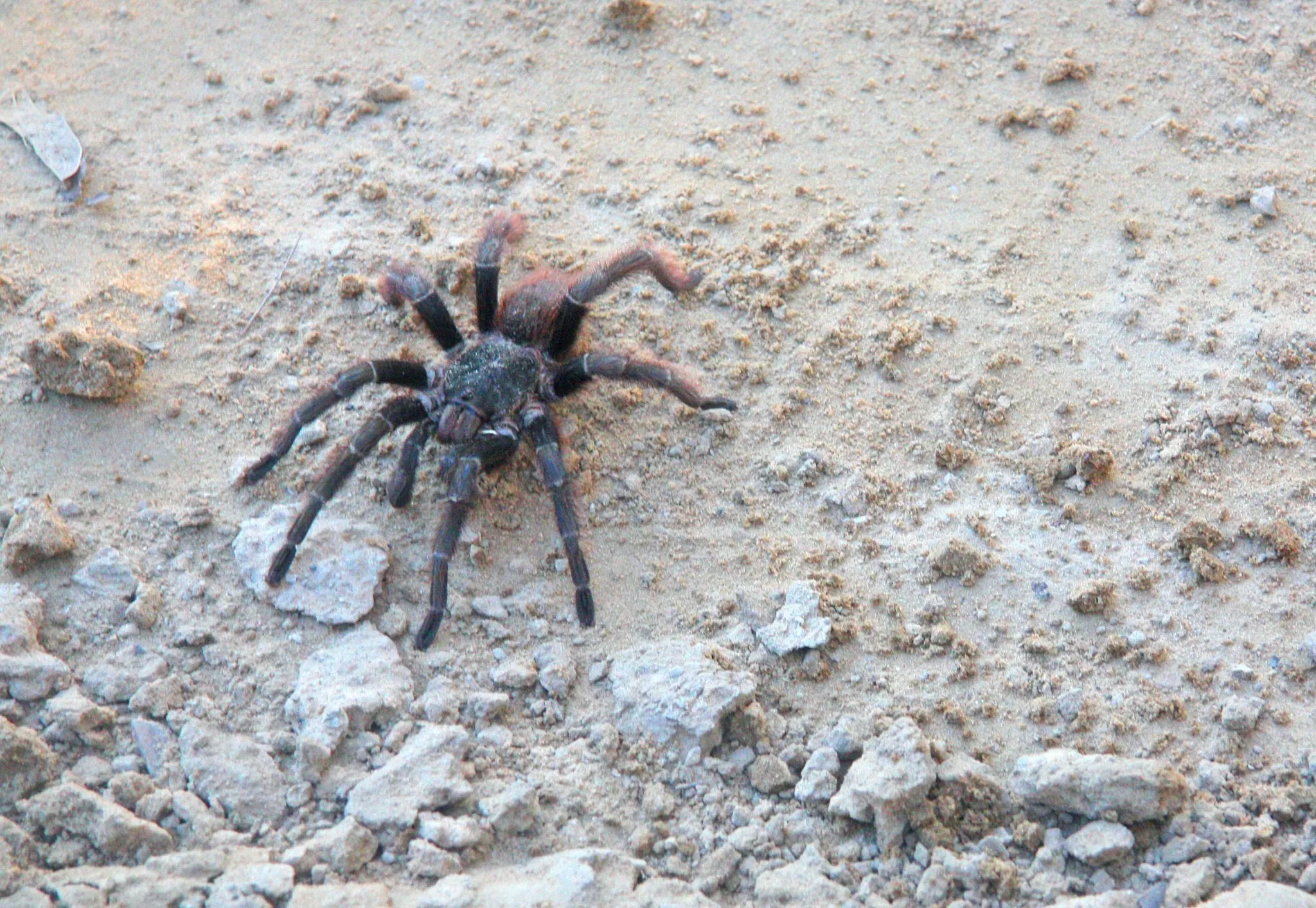What Makes Pet Tarantulas Dangerous
The allure of owning a pet tarantula is undeniable for many enthusiasts. Their impressive size, unique appearance, and relatively low-maintenance needs make them an intriguing alternative to more conventional pets. However, it is crucial to approach this hobby with a thorough understanding of the potential dangers associated with these arachnids. While not all tarantulas pose a significant threat, their venom, defensive behaviors, and potential health impacts warrant careful consideration. Being aware of these factors is the first step toward responsible ownership and ensuring both your safety and the well-being of your pet. Remember, ignorance can lead to serious consequences, and a well-informed owner is a safe owner.
Venom Toxicity
One of the primary concerns with tarantulas is their venom. All tarantulas possess venom, which they use to subdue their prey. The toxicity of this venom varies significantly between species. While most tarantula bites are not life-threatening to humans, they can still cause localized pain, swelling, and discomfort. Some species, particularly those from the Old World, are known to have more potent venom, and their bites can result in more severe symptoms. The severity of the reaction also depends on factors such as the amount of venom injected, the individual’s sensitivity, and the location of the bite. It’s important to research the specific toxicity of the tarantula species you intend to keep as a pet.
Species-Specific Danger Levels

The danger level of a pet tarantula is highly dependent on the species. Some species are known for their docile nature and relatively mild venom, making them suitable for beginners. Others, however, are more aggressive and possess a more potent venom. For example, certain Old World tarantulas are renowned for their defensive postures, readiness to bite, and more painful bites. When choosing a tarantula, it’s imperative to research the specific species thoroughly, considering its temperament, venom toxicity, and defensive behaviors. Popular pet tarantulas include the Chilean Rose, which is considered relatively harmless. Others such as the King Baboon, and the African baboon tarantula can be quite aggressive. The research must include consulting experienced keepers or online resources to gain accurate information about a particular species’ potential for danger.
Defensive Behaviors
Tarantulas have evolved various defensive mechanisms to protect themselves from perceived threats. These behaviors can pose a danger to humans if not understood and respected. Two primary defensive tactics are the urticating hairs and biting. Many New World tarantulas possess urticating hairs on their abdomen, which they can flick toward a perceived threat. These hairs, when they make contact with skin or eyes, can cause intense itching, irritation, and even respiratory issues. Biting is another defensive behavior, and while not all tarantula bites are dangerous, the force of the bite and the potential for venom injection can cause physical harm. Understanding these defensive behaviors and knowing how to avoid triggering them is essential for safe handling and interaction with a pet tarantula.
Bite Mechanics and Effects
When a tarantula bites, the fangs penetrate the skin, and venom is injected. The effects of the bite vary depending on the species, the amount of venom injected, and the individual’s sensitivity. Common symptoms include localized pain, swelling, redness, and itching at the bite site. Some people may experience more severe reactions, such as muscle cramps, nausea, and dizziness. While fatalities from tarantula bites are extremely rare, it’s still important to seek medical attention if symptoms are severe or if you experience any allergic reactions. Proper first aid includes cleaning the bite area with soap and water, applying a cold compress, and monitoring for any unusual symptoms. It’s crucial to have a plan in place in case a bite occurs.
Handling Mistakes
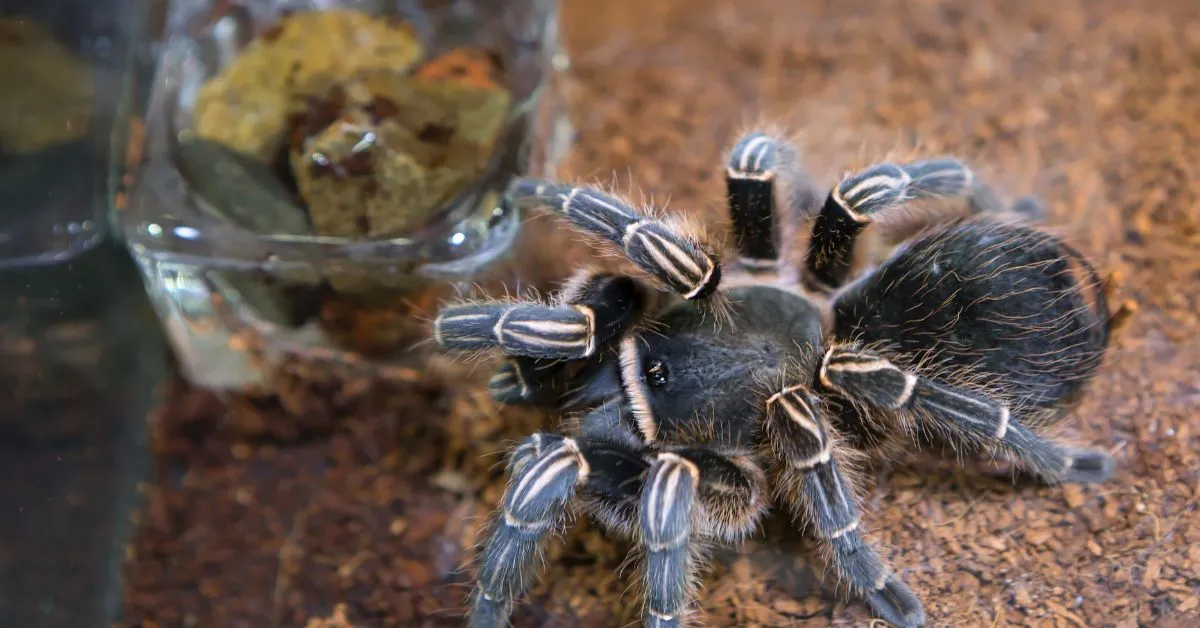
Handling a tarantula improperly is a significant risk factor for both the owner and the pet. Mishandling can lead to bites, injuries, and stress for the tarantula. It’s best to avoid handling a tarantula unless absolutely necessary, such as for enclosure maintenance. If handling is required, it’s important to do so with caution and respect. It’s necessary to be aware of the tarantula’s temperament, and avoid sudden movements or actions that might be perceived as a threat. Always handle the tarantula over a soft surface in case it falls. Never try to grab or corner the tarantula, as this can trigger a defensive response. Using a long pair of tongs can be very helpful. Remember that even docile species can bite if they feel threatened, so always prioritize safety.
Improper Enclosure
An improper enclosure can significantly increase the risk of danger when keeping a tarantula. The enclosure should be the correct size for the species, providing adequate space for movement without being too large, as this can make it difficult for the tarantula to find its food. The enclosure should also be escape-proof, as a loose tarantula can pose a risk to both the owner and others in the household. The enclosure should also be appropriately ventilated to prevent the buildup of harmful gases. Additionally, the substrate should be suitable for the species, providing proper humidity and a place to burrow. Finally, the enclosure should be kept clean and free from excessive debris, as poor hygiene can lead to health problems for the tarantula. Proper enclosure management will minimize potential risks.
Feeding Errors
Feeding a tarantula the wrong type of food or overfeeding can lead to health problems, and potentially increase the likelihood of aggression. Tarantulas require a diet of insects appropriate for their size. Feeding them insects that are too large, or that have hard exoskeletons, can cause injury. Overfeeding can lead to obesity and other health issues. It’s essential to research the specific dietary needs of your tarantula species and to feed appropriately sized, healthy insects. Also, remove uneaten food within a day to prevent mold growth. Following a proper feeding schedule and providing a balanced diet is crucial for the tarantula’s health and well-being, which, in turn, can reduce the risk of aggression and potential handling hazards.
Lack of Research
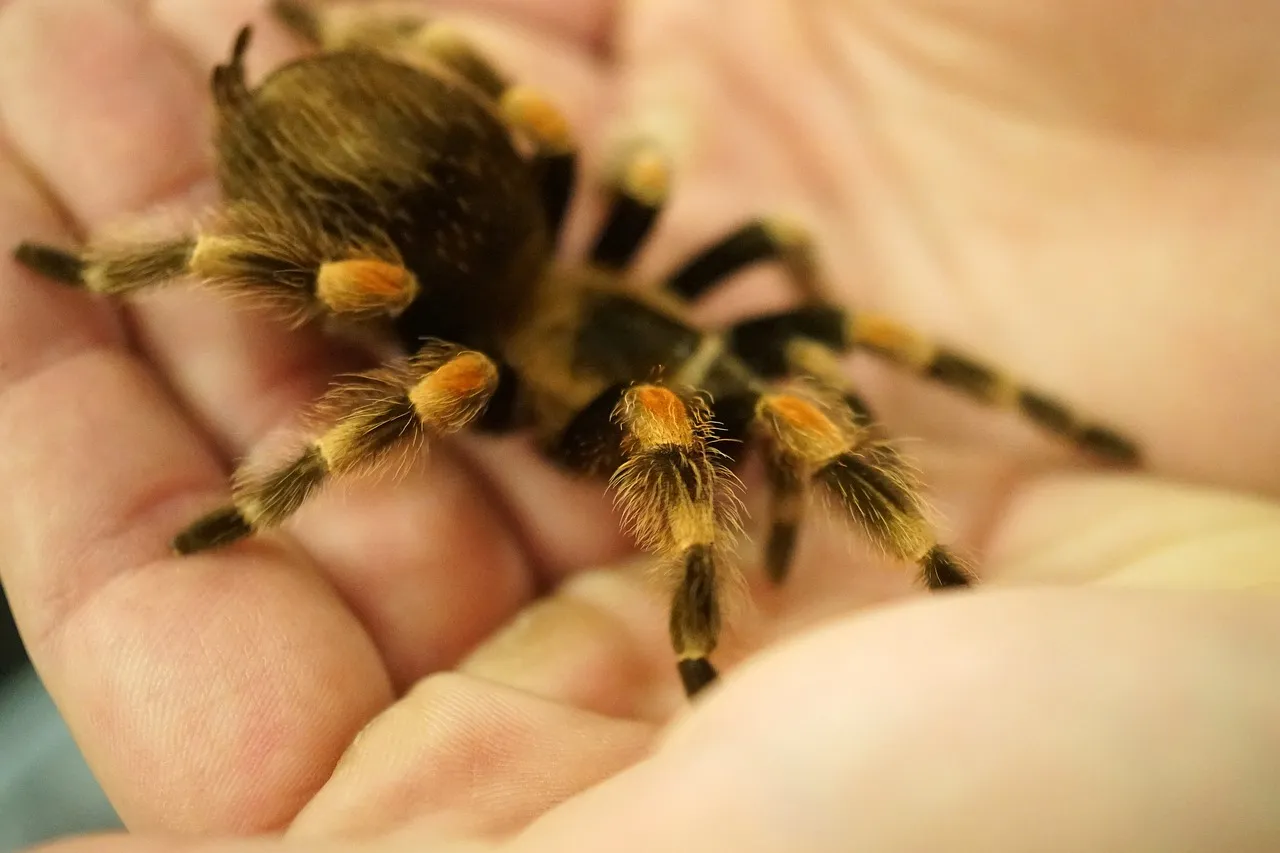
One of the most dangerous mistakes a potential tarantula owner can make is failing to conduct thorough research before acquiring a pet. Tarantulas have specific needs regarding their habitat, diet, and care. Without proper knowledge, it’s easy to make mistakes that can harm the tarantula and increase the risk of injury or illness. Research should include learning about the species’ temperament, venom toxicity, defensive behaviors, and preferred environmental conditions. Information is widely available online and from experienced keepers. Additionally, new owners should familiarize themselves with the signs of illness and how to provide first aid if the tarantula gets injured. The more informed you are, the better equipped you’ll be to provide a safe and healthy environment for your tarantula and minimize the risks associated with keeping them as pets. This will make your ownership experience both rewarding and safe.
Health Risks
Beyond the immediate risks of bites and defensive behaviors, owning a tarantula can also pose certain health risks. While most tarantula bites are not life-threatening, they can still cause localized pain, swelling, and allergic reactions. Additionally, the handling and interaction with tarantulas can potentially lead to infections. Some individuals may also experience mental health concerns. Being aware of these potential health risks and taking appropriate precautions is essential for responsible tarantula ownership. If you are concerned about your health or wellbeing, seek medical advice.
Allergic Reactions
Some people are allergic to tarantulas, and even without a bite, exposure can trigger an allergic reaction. The urticating hairs of some tarantula species can cause significant irritation and allergic responses in humans. Symptoms of an allergic reaction can range from skin rashes and itching to respiratory problems and, in rare cases, anaphylaxis. It is important to be aware of any allergies and to take precautions to avoid contact with urticating hairs. If you experience symptoms of an allergic reaction, it is important to seek medical attention. Additionally, consider wearing gloves and eye protection when cleaning the enclosure or handling the tarantula.
Infections
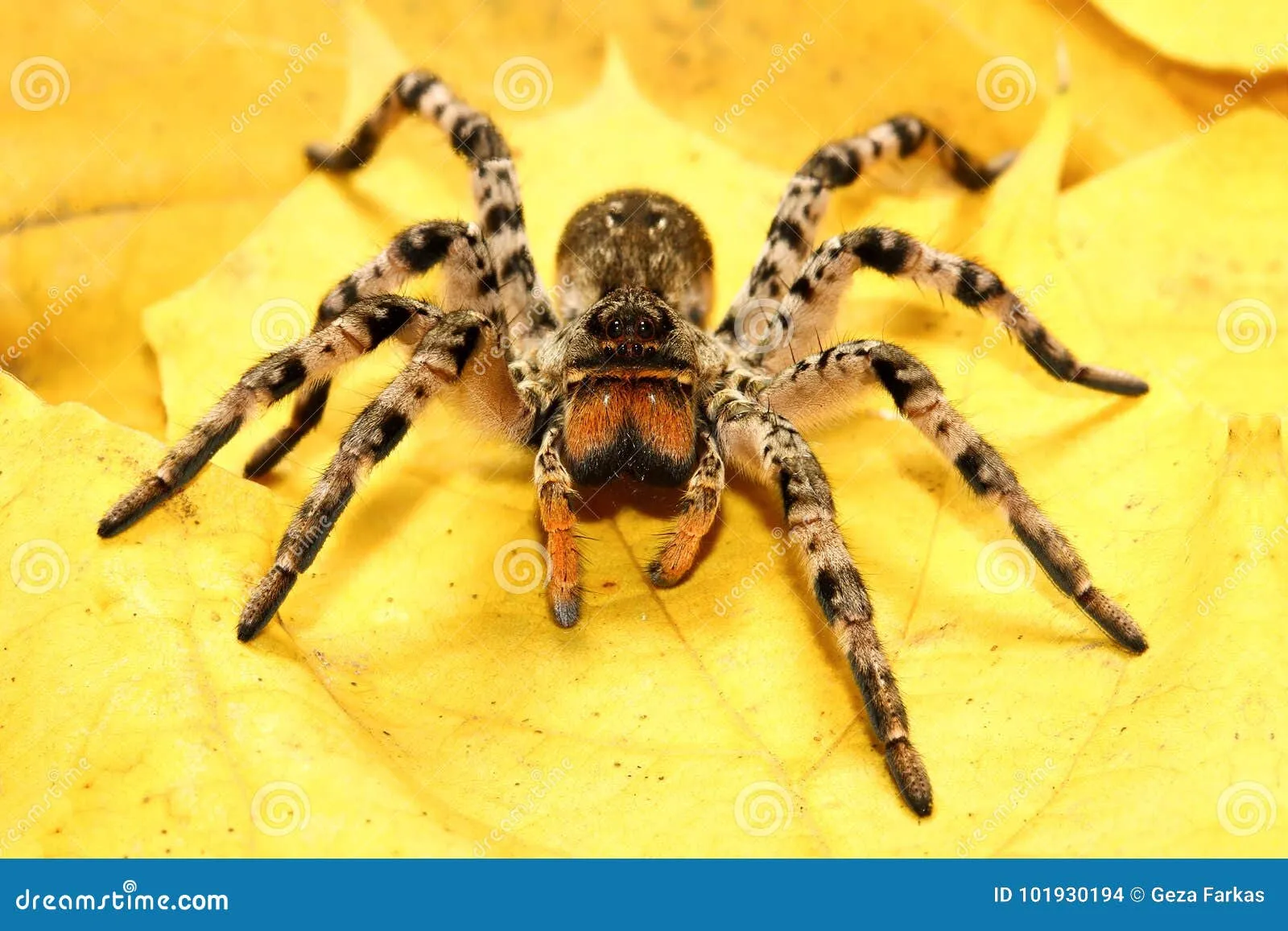
Although rare, tarantula bites can potentially lead to infections. If a tarantula bites, the puncture wound can provide an entry point for bacteria. If the bite area is not cleaned properly, or if the wound becomes infected, it can cause pain, swelling, redness, and other symptoms of infection. To reduce the risk of infection, it is crucial to clean the bite area immediately with soap and water. If you experience any signs of infection, such as increasing pain, pus, or fever, seek medical attention promptly. By following proper hygiene practices and taking precautions, you can minimize the risk of infection.
Mental Health Considerations
The unique nature of owning a pet tarantula can also have implications for mental health. The responsibility of caring for a potentially dangerous animal, and the constant need to be aware of potential risks, can cause stress and anxiety in some individuals. If you already have anxiety issues, keeping a tarantula may worsen them. Conversely, some people find the routine of caring for a tarantula to be therapeutic and stress-relieving. It is important to assess your own emotional state and determine if the responsibility of owning a potentially dangerous pet is suitable for you. Make sure to consider the time you will be devoting to the hobby and the possible hazards.
Fear and Anxiety
For some individuals, the thought of owning a tarantula can trigger fear and anxiety. Arachnophobia, the fear of spiders, is a common phobia, and the presence of a tarantula can be a source of significant distress. Even for those without arachnophobia, the potential risks associated with owning a tarantula can cause worry. It is important to recognize the impact of fear and anxiety on your mental well-being. If you find yourself constantly worrying about your tarantula or experiencing significant anxiety, consider whether owning a tarantula is the right choice for you. Seek out resources on proper ownership and safety precautions. It is important to remember that there are resources available to help manage fear and anxiety related to pet ownership.
Responsible Pet Ownership
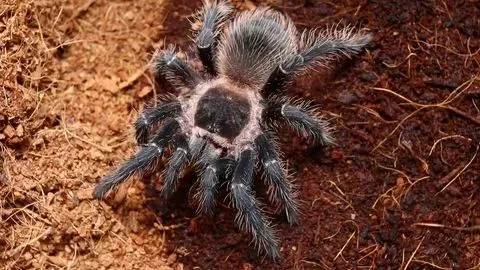
Responsible pet ownership is paramount when it comes to keeping any potentially dangerous animal, and this is especially true for tarantulas. This includes providing proper care, understanding the risks, and taking necessary precautions to ensure both your safety and the well-being of your pet. It is important to remember that owning a tarantula is a commitment, and you have a responsibility to provide it with a safe and healthy environment. Proper ownership will make your experience fun and educational.
Researching Species
Before acquiring a tarantula, thorough research is essential. This includes learning about the species’ specific needs regarding enclosure, diet, and environmental conditions. Look into their venom potency, temperament, and defensive behaviors. Read articles, consult experienced keepers, and watch videos to gain insights into the species you are considering. This knowledge will help you make informed decisions about the species that are most suitable for your experience level and living environment. The more you learn about the tarantula, the better prepared you will be to provide it with proper care and to handle it safely. Choose a pet that best fits your lifestyle and experience.
Proper Handling Techniques
Handling a tarantula should be kept to a minimum and done with extreme caution. It’s best to avoid handling unless absolutely necessary, such as for enclosure maintenance. If handling is unavoidable, always handle the tarantula over a soft surface, like a bed or carpet, in case it falls. Use a long pair of tongs to gently guide the tarantula if you need to move it. Approach the tarantula calmly and avoid sudden movements. Be aware of its defensive behaviors and avoid any actions that might be perceived as a threat. Never try to grab or corner the tarantula, as this can trigger a defensive response. Always respect the animal’s space and remember that even docile species can bite if they feel threatened.
Creating a Safe Environment
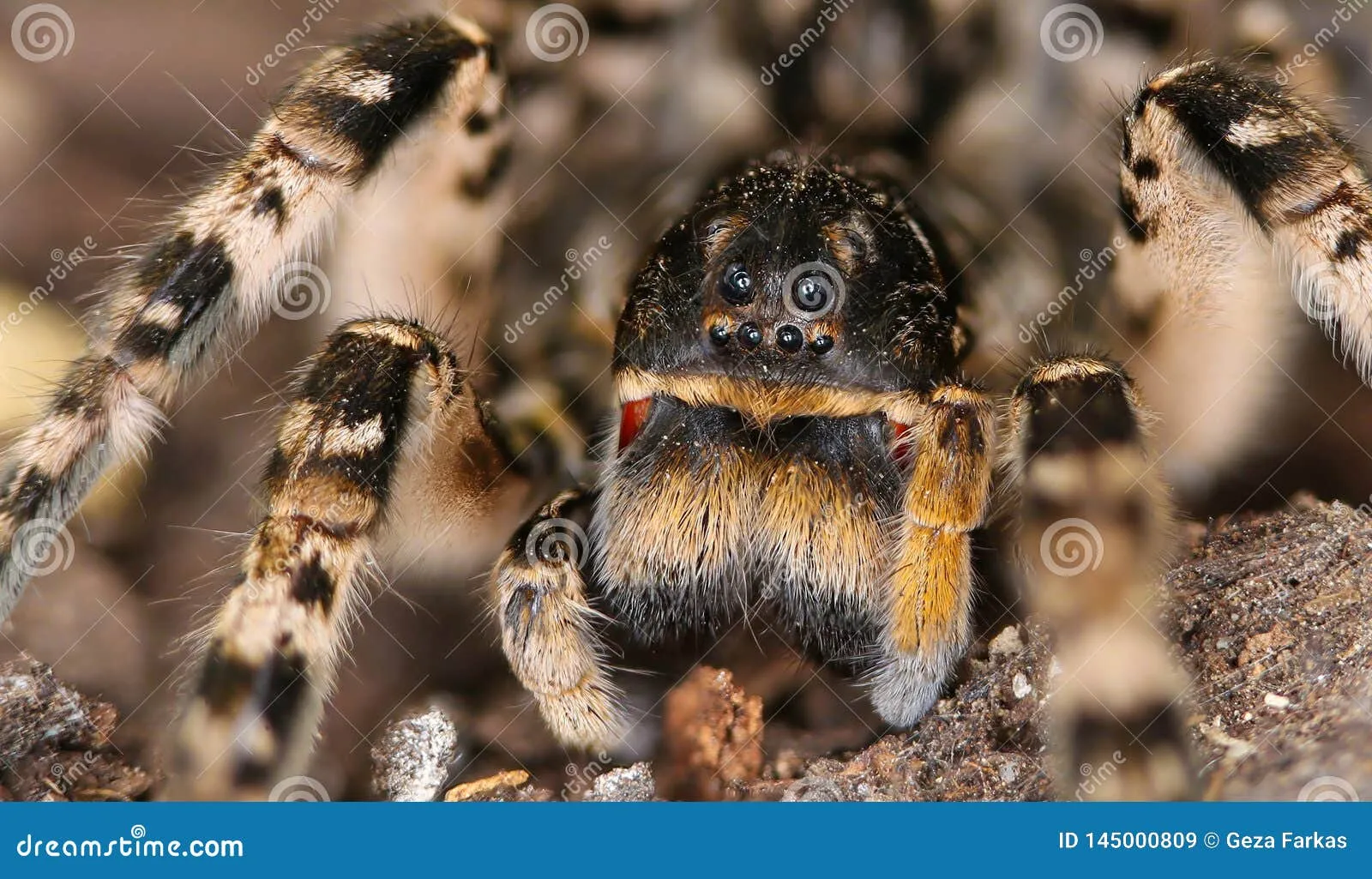
Creating a safe environment is crucial for responsible tarantula ownership. The enclosure should be escape-proof, appropriately sized for the species, and provide the necessary humidity and temperature. The enclosure should be located in a secure area where it is not accessible to children or other pets. Regular cleaning and maintenance are essential to prevent the build-up of bacteria and mold. Be sure to research the specific needs of the species you are keeping to ensure the best environment. If you have family members or roommates, communicate the risks and precautions with them. By creating a safe environment, you minimize the risks associated with keeping a tarantula and ensure the well-being of both yourself and your pet.
